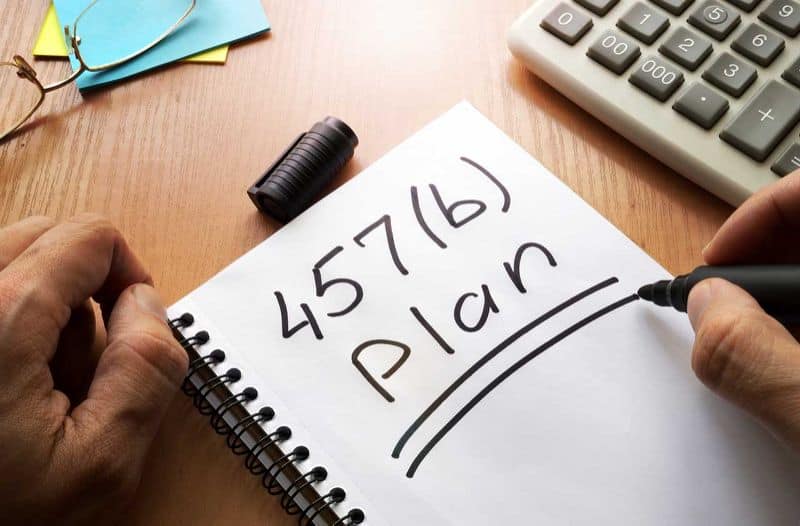
Earlier this month, Coca-Cola shook things up when it announced a dramatic new redesign for Diet Coke cans in addition to new Diet Coke flavors. The beverage company’s latest announcement also has to do with cans, but this time how to clean them up.
For every can or bottle Coca-Cola sells worldwide, the company said on Friday that it wants to help collect and recycle the equivalent by 2030. Additionally, it wants to roll out entirely recyclable packaging and use 50% recycled material in its bottles by 2030.
“The Company is building better bottles, whether through more recycled content, by developing plant-based resins, or by reducing the amount of plastic in each container,” the company said in a release.
Coca-Cola is just the latest in the industry to shift towards environmentally friendly packaging. On Thursday, Danone announced a goal for all Evian bottles to be made of 100% recycled plastic by 2025.
“We want to adopt a circular model where 100 percent of our plastic bottles will become bottles again,” Patricia Oliva, Evian’s global brand director, told Reuters. “This will enable plastic to evolve from potential waste to become a valuable resource.” To do this, the company is teaming up with Loop Industries, which can help the company with its goal to reuse Polyethylene Terephthalate (PET) plastic.
McDonald’s also unveiled sustainable packaging goals this week. On Tuesday, the fast food giant announced that it aims to have all packaging from recyclable, renewable, or environmentally responsible sources by 2025.
PepsiCo rolled out its sustainable practices plan in 2017, which also included pledge to “design 100% of its packaging to be recoverable or recyclable by 2025, while partnering to increase packaging recovery and recycling rates.”
Most companies pushing the recycling idea cite consumer demand as a reason for their shift towards more sustainable practices—especially when it comes to packaging. According to reports released last year, sustainable packaging will be a $440.3 billion industry by 2025, due in part to consumer demand and business best practices.
In 2015, Coca-Cola announced a water replenishing goal—giving back the amount of water it uses. In 2016 the company said it had met that goal five years early: “Coca-Cola system returned an estimated 191.9 billion liters of water to nature and communities in 2015 through community water projects, equaling the equivalent of 115 percent of the water used in Coca-Cola’s beverages last year.”
























